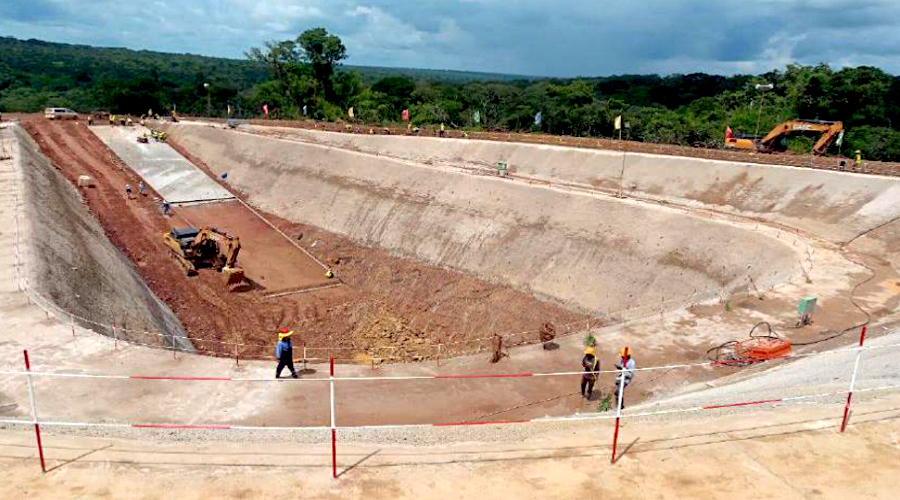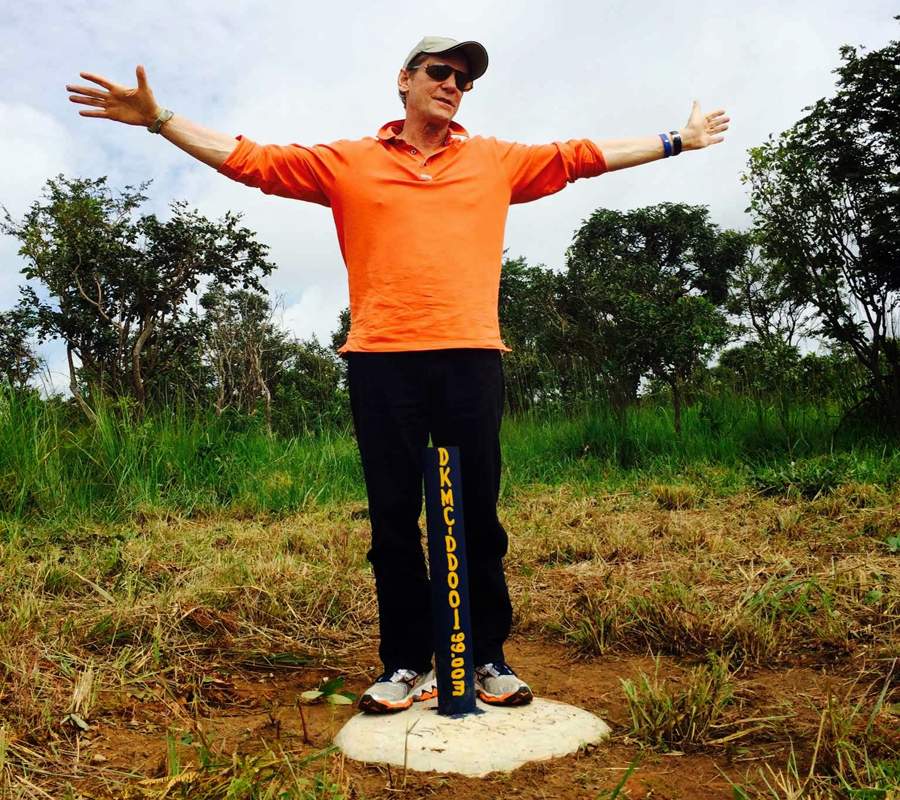
Ivanhoe Mines (TSX:IVN) is ready to finish building its giant copper mine in the Democratic Republic of Congo after its largest shareholder pumped an additional C$612 million (about $454m) into the Canadian company.
China’s state-owned CITIC Metal is paying C$3.98 per share, a premium of 29% over Ivanhoe’s last closing price. The investment, the second major one in less than a year, paired with the Vancouver-based miner’s current cash balance of about $512 million, will increase the company’s total cash on hand to C$1.3 billion ($1 billion), the parties said.
“The investment announced today will comfortably provide Ivanhoe with the equity cushion required to fast-track Kamoa-Kakula’s six million-tonne-per-annum Phase 1 mine to production,” billionaire Robert Friedland, the company’s founder and executive chairman said in the statement.
If fully developed, the Kamoa-Kakula mining complex could produce 382,000 tonnes of copper a year during the first 10 years, climbing to 700,000 tonnes after 12 years of operations
Friedland, who made his fortune from the Voisey’s Bay nickel project in Canada in the 1990s, has said the capacity of the project’s first phase could later be easily tripled. He believes Kamoa-Kakula has the potential to become the world’s second-largest copper mine.
“CITIC Metal has been a shareholder in Ivanhoe Mines for eight months now, and in that time, CITIC has seen what we already know — that the Kamoa-Kakula is unquestionably the best copper development project in the world,” Friedland said.
Mine grades at Kamoa-Kakula, an independent pre-feasibility study (PFS) released in February shows, will average 6.8% copper over the initial five years, and 6.4% in the first decade, with production starting in early 2021.
If fully developed, the mining complex could produce 382,000 tonnes of copper a year during the first 10 years, climbing to 700,000 tonnes of copper after 12 years of operations. Friedland believes it could restore the DRC to its historical position as one of the world’s top copper producing countries.
Ivanhoe’s joint venture partner in the project, Zijin Mining Group, will have to fund its equivalent share of about $540 million of the mine’s initial capital costs.
Ivanhoe’s JV partner Zijin will have to fund its equivalent share of about $540 million of the mine’s initial capital costs
The companies also said they were in financing discussions with international export-credit agencies and equipment-finance providers. If successful, those investments will reduce the amount of funding that Ivanhoe and Zijin would need to contribute.
“We now are in a position to finance our first two mines ─ Kakula and Kipushi ─ to commercial production, and significantly advance, or achieve, production at the Platreef project,” Friedland said. “Ivanhoe also is positioned to have its planned expansions at the Kamoa-Kakula Project funded from internally generated cash flows.”
Ivanhoe Mines has been working on Kamoa-Kakula for ten years. In 2015, its now partner Zijin got on board by acquiring a stake in the company. Citic Metal followed suit last year, becoming Ivanhoe’s largest shareholder.
CITIC’s financing deal is expected to close by the first week of September.
Shares in Ivanhoe rocketed on the news, trading almost 12% higher in Toronto to C$3.46 in early trading. Year-to-date, the stock is up about 49%, valuing the company at about C$3.5 billion ($2.6 billion).

Ivanhoe Mines executive chairman Robert Friedland in 2014 at the site of the initial Kamoa discovery. (Image by Govind Friedland, via CEO.ca.)